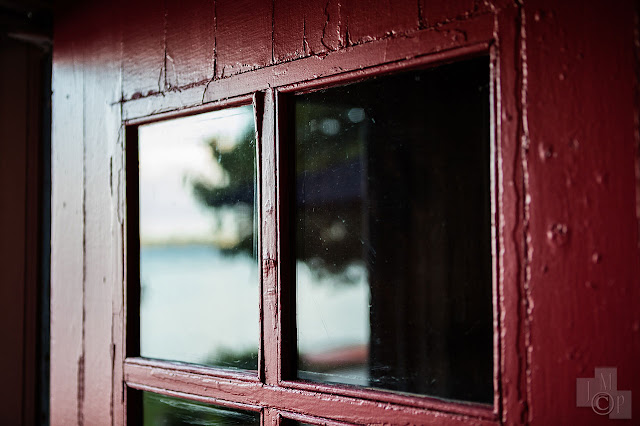When I was a boy in northern Michigan's woods in the 1960s I met this amazing veterinarian named Max. Max had more cats and dogs than anyone I knew. He loved to build things, and problem solve. His hands were all balled up and crooked from arthritis, and Max smoked pipes constantly. Max loved his wife Beryl, and out of his massive workshop she requested he make something practical like plates. Instead of more things for the shop or other people.
Max's tool shop was two stories high measuring 30' x 60', and he had built solid cherry cabinets to hold his tools. It smelled of smoke and wood as did Max.
Two of Max's many Cherry tool cabinets
So Max made Beryl some plates, and she said..."I was thinking of something oval".
Stack of round plates on left
Laying out plates Gluing plate blanks
I wasn't there for his reaction, but I am sure he had a twinkle in his eye. A challenge, and a problem to be solved. "How could I make identical oval plates?" His quest began.
Max went to work building a machine that would create identical oval wood plates using a router, and an acme screw hand crank.
Here is that machine as I shot it in 1992. I imagine it ended up in the dump, and no one knows what it made, or the wonderful mind that conceived it.
...And here is one of Beryl's oval plates. We had lunch that day on the plates Max made, and my engineer father and I were once again amazed by Max.





















